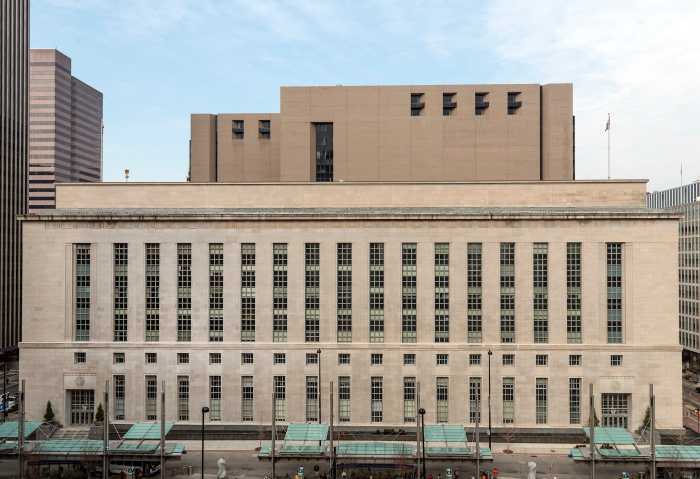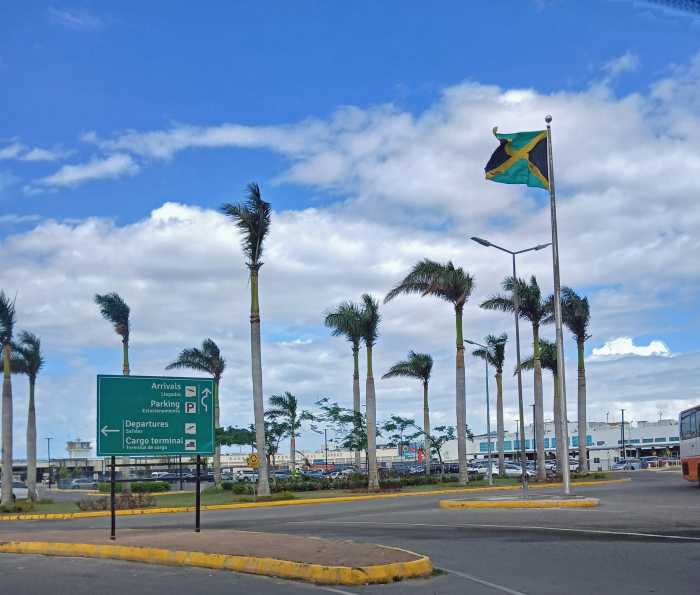Almost every week brings more evidence that Bruce Ratner’s Atlantic Yards mega-project is built on a foundation of deception.
This week’s example comes in the form of Judge Ira Harvavy’s ruling that Ratner acted improperly when he made a back-room deal with another developer to get control of a privately owned building that stands in the way of his $4-billion mini-city.
The building is owned by Henry Weinstein. One of his tenants, developer Shaya Boymelgreen, illegally sold his lease to Ratner, who then told state authorities that he “controlled” the building.
But that “control” was just a mirage — a shell game designed to fool our lax state authorities into believing that they would not have to condemn so much property in the Atlantic Yards footprint.
The state’s use of eminent domain to clear privately owned land and turn it over to Ratner is one of the most controversial elements of the project — and, in fact, is still being argued in the federal court.
It’s unclear how Harkavy’s ruling will affect Ratner’s project, given that it unmasks Ratner’s deception after state authorities have signed off on the condemnation of Weinstein’s building.
But what is clear is that some of Ratner’s supporters would certainly have thought twice about backing a developer whose land acquistion plan was partly built on an illegal lease purchase apparently meant to deceive state authorities.
Atlantic Yards–watchers should also be interested in another piece of news this week. Down in Florida, two executives from Bruce Ratner’s parent company, Forest City Enterprises, admitted that Atlantic Yards won’t be completed until at least 2022 — six years after Ratner has promised.
Much of whatever support Ratner has in Brooklyn for his mega-development comes from the 2,250 units of below-market-rate housing included in the project.
Would supporters have gotten behind Ratner if they had been told — up front, when it mattered — that those units would not be ready until 2022?
If then, of course. Forest City Enterprises Vice President Bob O’Brien admitted, “We are terrible” at projecting dates for completion of projects.
After all, Ratner’s Metrotech was supposed to take five years. It took 14. And it was filled with promises, too — promises of a lively Downtown neighborhood filled with entrepreneurs (not government and government-related office workers).
Those promises, like most everything with Bruce Ratner, turned out to be a mirage.
























